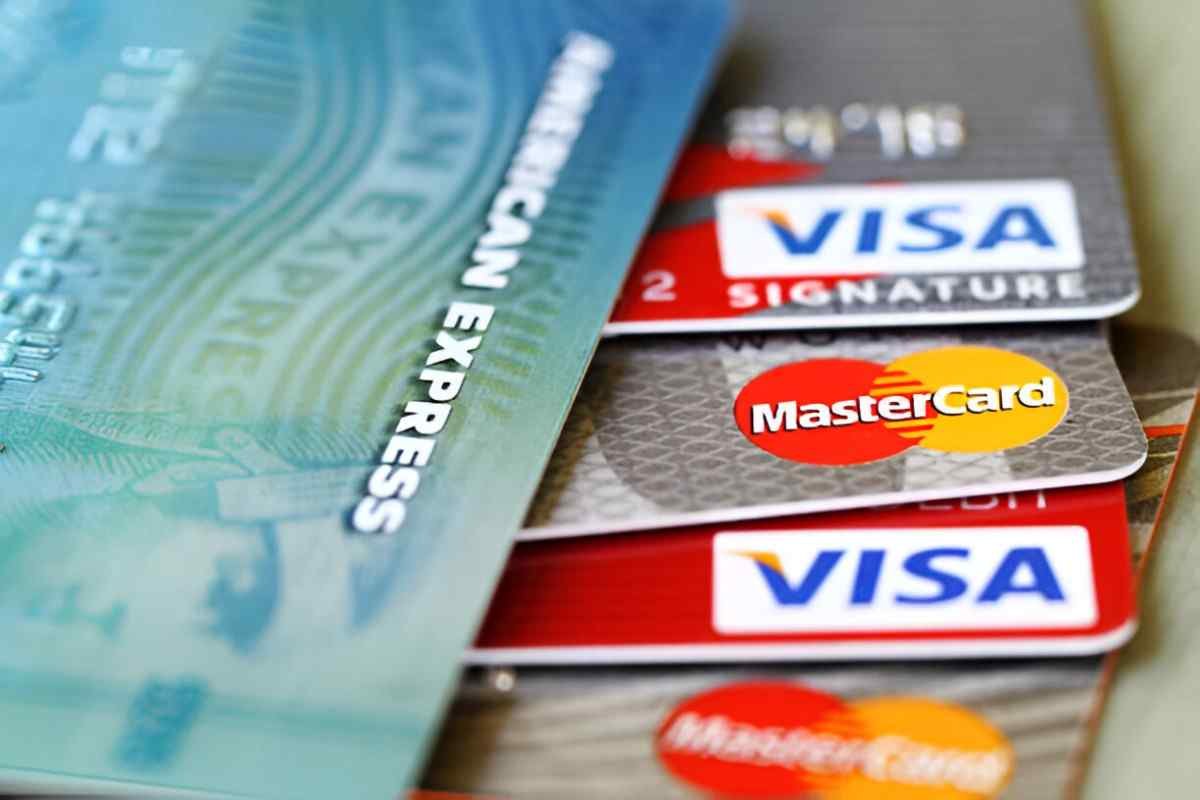In today’s financial landscape, people who have faced bankruptcy often struggle to regain control over their finances. This is where options like the AFW (After Bankruptcy) credit card come into play. As someone who’s been closely following credit card options and how they affect credit rebuilding, I thought it would be helpful to explore how these cards work and how they can help individuals restore their credit standing after bankruptcy.
In this article, I’ll delve into the specifics of the AFW credit card, compare it with other similar options, and discuss real-life examples of how it works. We will also explore the benefits and potential drawbacks of using such cards, and I’ll provide a step-by-step guide for those looking to apply. By the end, you should have a clear understanding of whether an AFW credit card is the right choice for you.
Table of Contents
What is an AFW Credit Card?
An AFW credit card is designed for individuals who have recently gone through bankruptcy. Unlike traditional credit cards, which may require a good or excellent credit score for approval, the AFW credit card is often more accessible for those with a low credit score or even a history of bankruptcy. It is specifically tailored for people who are looking to rebuild their credit.
AFW credit cards generally come with certain features that make them easier to obtain despite a poor credit history. These include higher interest rates and lower credit limits. However, with responsible use, cardholders can gradually improve their credit scores, making it a useful tool for credit recovery.
How Does the AFW Credit Card Work?
When you apply for an AFW credit card, the issuer will usually review your credit report, which may still show bankruptcy records. Even though your score may be low, many lenders offer these cards as a way to help individuals rebuild their credit.
Upon approval, you’ll typically receive a card with a limited credit limit, often between $300 to $1,000, depending on the issuer’s policies. To start using the card, you’ll need to make monthly payments on time. Responsible use of the card, such as keeping the balance low relative to the credit limit and making on-time payments, will gradually improve your credit score.
One of the key features of these cards is the opportunity to increase your credit limit over time. Some AFW credit cards allow you to request a credit limit increase after several months of responsible use, which can help further improve your credit score.
Key Benefits of the AFW Credit Card
- Credit Score Improvement: One of the primary reasons for using an AFW credit card is to rebuild your credit. By making timely payments and keeping your credit utilization low, you can improve your credit score. Over time, this can make you eligible for better credit products, such as loans or higher-limit credit cards.
- Acceptance for Bankruptcy Applicants: Unlike standard credit cards, AFW credit cards are designed for those with a history of bankruptcy. This makes them accessible to a large group of people who may otherwise find it difficult to get approved for credit.
- Credit Limit Increases: Some AFW credit cards offer opportunities for credit limit increases after a certain period of responsible card use. This can help you reduce your credit utilization ratio and improve your credit score even faster.
- Access to Financial Education: Many credit card issuers that offer AFW cards provide financial education resources to help you better manage your credit. This can include budgeting tools, tips for managing debt, and ways to improve your credit score.
Drawbacks of the AFW Credit Card
- High-Interest Rates: One significant downside to AFW credit cards is that they often come with higher interest rates than standard credit cards. This is because the issuer is taking a risk by offering credit to someone with a bankruptcy history.
- Low Credit Limits: The initial credit limits are typically low, which may not be ideal for individuals who need to make larger purchases. However, this can be seen as a safety feature that helps prevent users from accumulating large amounts of debt.
- Annual Fees: Many AFW credit cards come with annual fees, which can vary depending on the issuer. These fees can eat into your budget, so it’s important to be aware of them when considering an application.
- Penalty for Late Payments: If you miss a payment, you may be charged a late fee or penalty APR, which can quickly add up. These penalties can further damage your credit score, so it’s crucial to stay on top of your payments.
AFW Credit Cards vs. Other Credit Card Options
There are other credit card options available for individuals looking to rebuild their credit after bankruptcy. These include secured credit cards, which require a deposit, and traditional credit cards that may offer lower interest rates but have stricter approval requirements.
Let’s break it down with a comparison table:
| Feature | AFW Credit Card | Secured Credit Card | Traditional Credit Card |
|---|---|---|---|
| Eligibility | Bankruptcy-friendly, low credit score | Low credit score, requires deposit | Good to excellent credit score |
| Credit Limit | $300 to $1,000 | Deposit-based (e.g., $500) | Higher, depending on credit score |
| Interest Rate | High (typically 20% or more) | High (similar to AFW cards) | Lower (typically 10-20%) |
| Annual Fees | May apply | May apply | May apply, but often lower |
| Credit Limit Increase | Possible after responsible use | Possible after responsible use | Possible after good credit usage |
| Financial Education | Often included | Not always included | Not always included |
| Penalty Fees | High for late payments | High for late payments | Lower for late payments |
As you can see from the comparison, each card has its own set of features and benefits. The AFW card offers a good opportunity for individuals who are looking to rebuild their credit after bankruptcy, but it comes with higher interest rates and lower credit limits compared to a traditional card.
How to Apply for an AFW Credit Card
The process of applying for an AFW credit card is similar to that of applying for any other credit card. Here’s a step-by-step guide to help you through the process:
- Check Your Credit Report: Before applying, it’s important to review your credit report to understand your current credit standing. This will give you a clear idea of what you’re working with.
- Research AFW Credit Cards: There are several AFW credit cards available, so take some time to compare them. Look at the interest rates, fees, and features to find the one that best suits your needs.
- Complete the Application: Once you’ve selected an AFW credit card, you’ll need to fill out an application. This may require information such as your income, employment status, and other financial details.
- Wait for Approval: After you submit your application, the issuer will review your information. Because AFW cards are designed for people with poor credit, the approval process may be easier than for other types of cards.
- Use the Card Responsibly: Once approved, use the card responsibly by making on-time payments and keeping your credit utilization low. This will help you improve your credit score and increase your chances of getting better credit offers in the future.
Real-Life Example
Let’s consider an example to see how the AFW credit card works in practice.
Scenario: Sarah filed for bankruptcy two years ago and now has a credit score of 530. She applies for an AFW credit card with a credit limit of $500. She is approved and begins using the card.
- Month 1: Sarah charges $100 to her AFW card. Her total balance is $100, and she makes the minimum payment of $25 by the due date.
- Month 2: Sarah charges another $50, bringing her balance to $150. She pays off the $50 balance in full by the due date. Her credit utilization stays under 30%.
- Month 6: Sarah’s credit score improves to 600. She requests a credit limit increase, which is granted, increasing her limit to $750.
As Sarah continues to make payments on time and keep her balance low, her credit score continues to improve. Over time, she becomes eligible for other, better credit cards with higher limits and lower interest rates.
Conclusion
The AFW credit card is an excellent tool for people looking to rebuild their credit after bankruptcy. While it may come with higher interest rates and lower credit limits than traditional credit cards, it offers a way to improve your credit score with responsible use. By paying your bills on time and keeping your credit utilization low, you can gradually restore your financial health.
If you’re considering applying for an AFW credit card, take the time to research your options, and make sure you’re comfortable with the terms. With patience and discipline, an AFW card can be a stepping stone to a brighter financial future.





